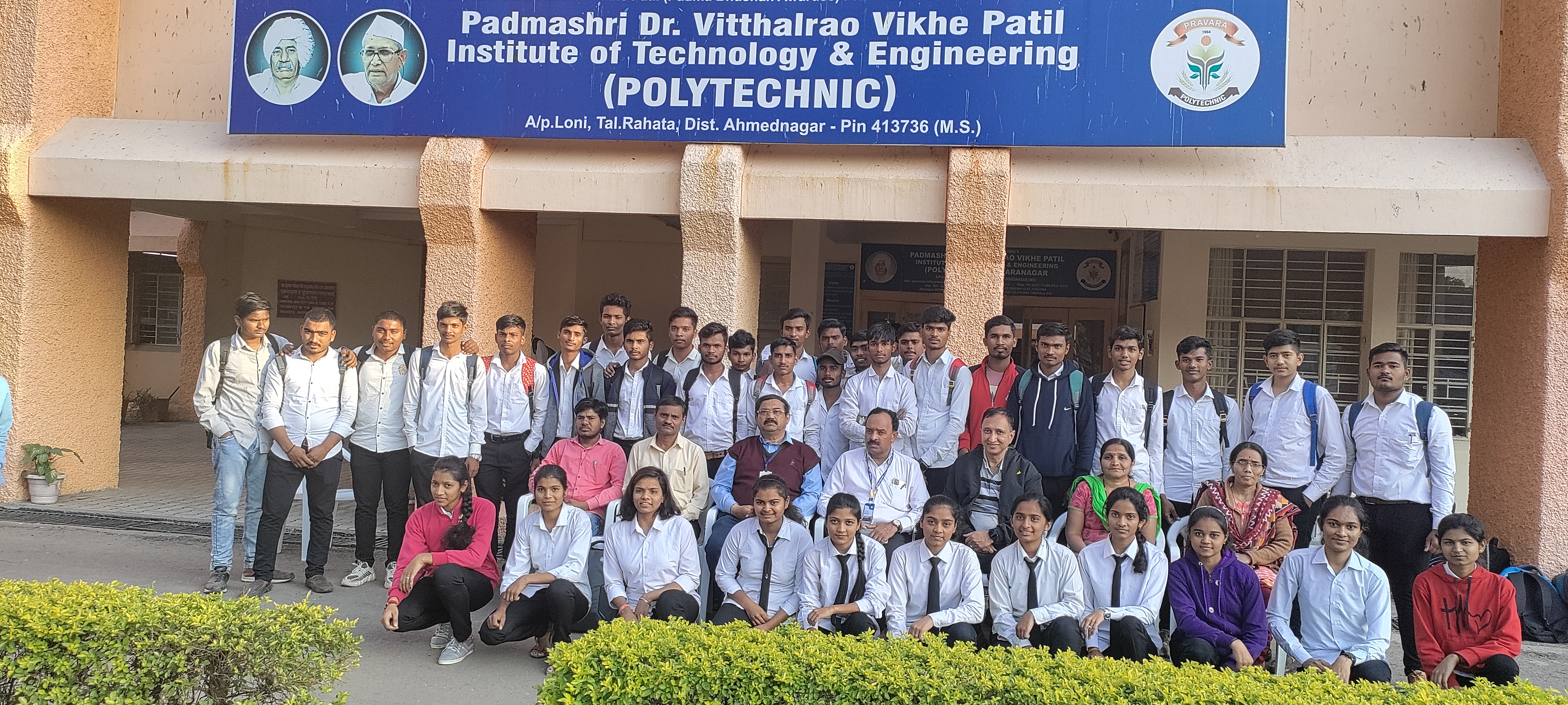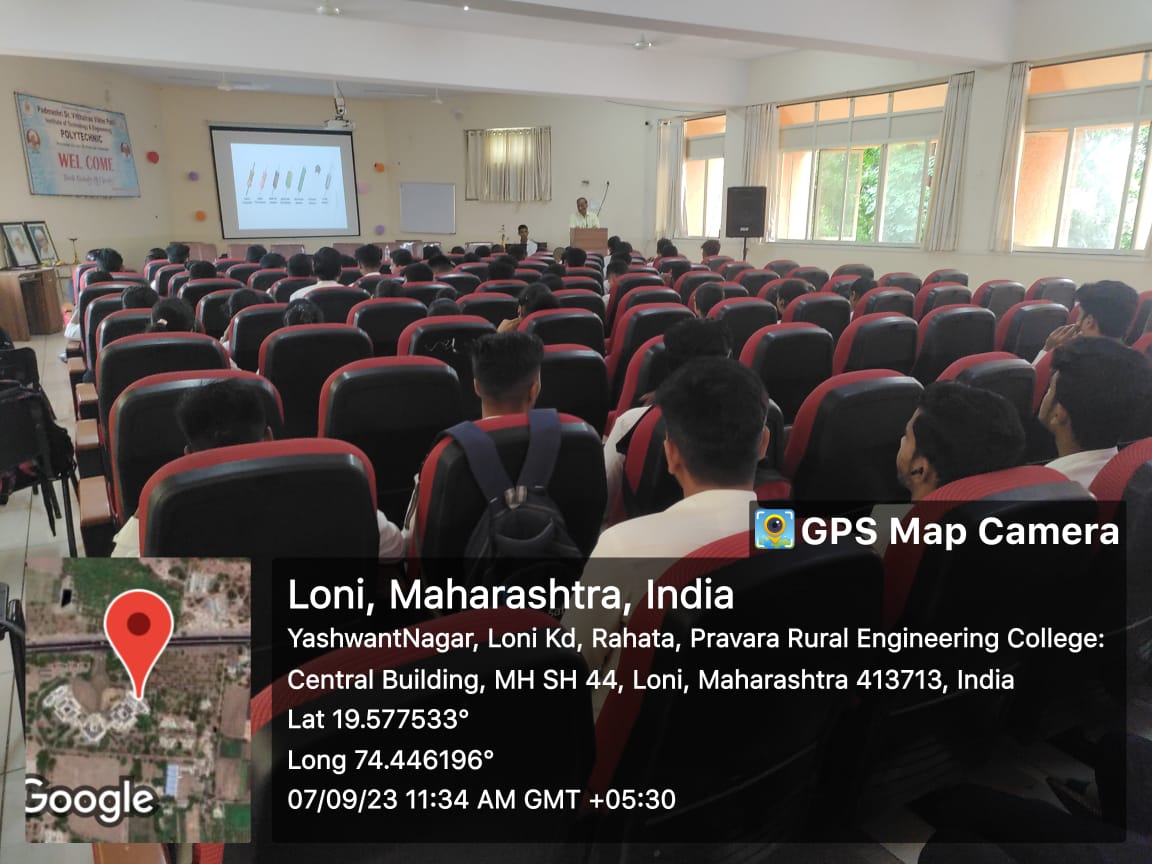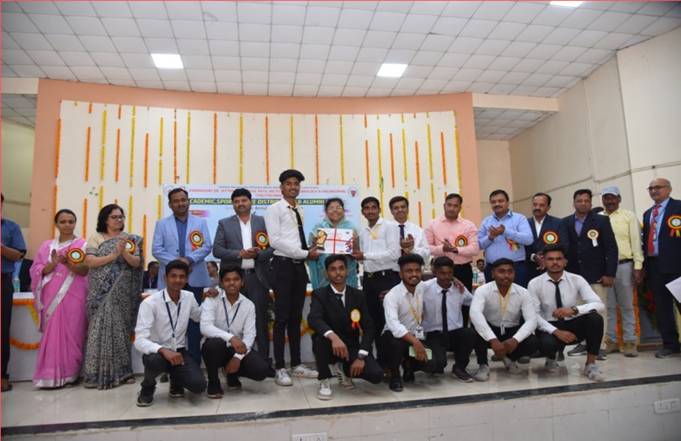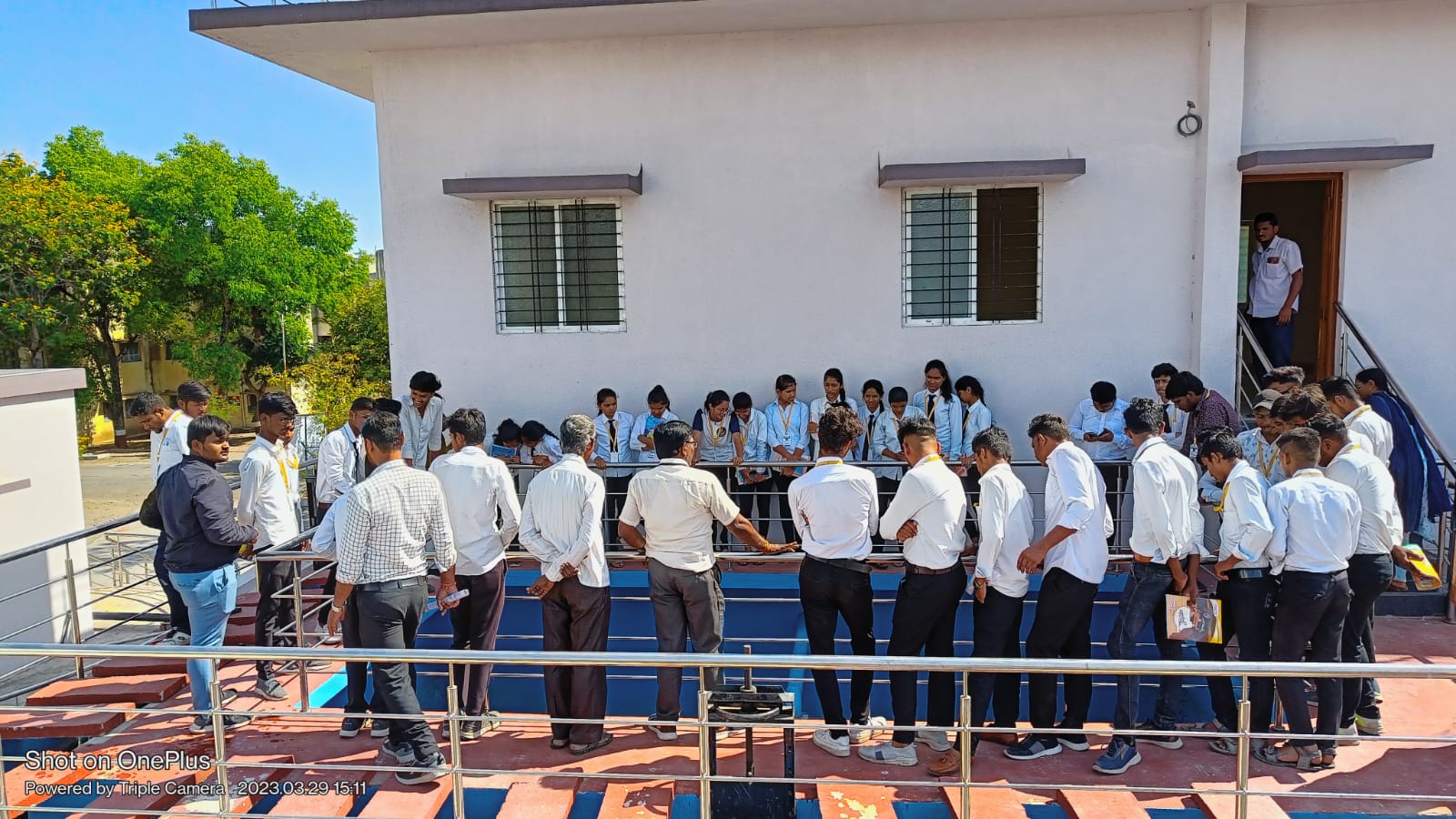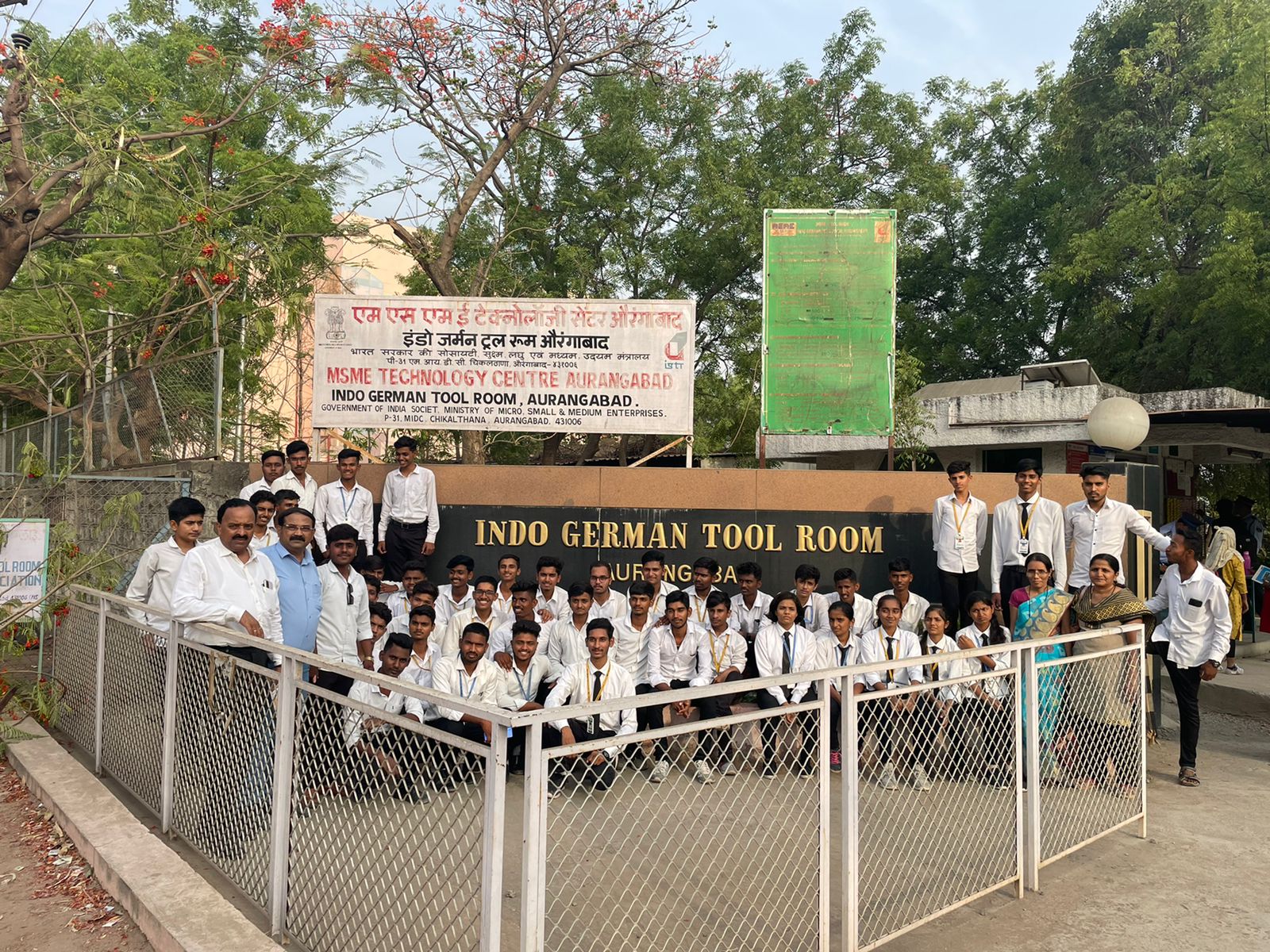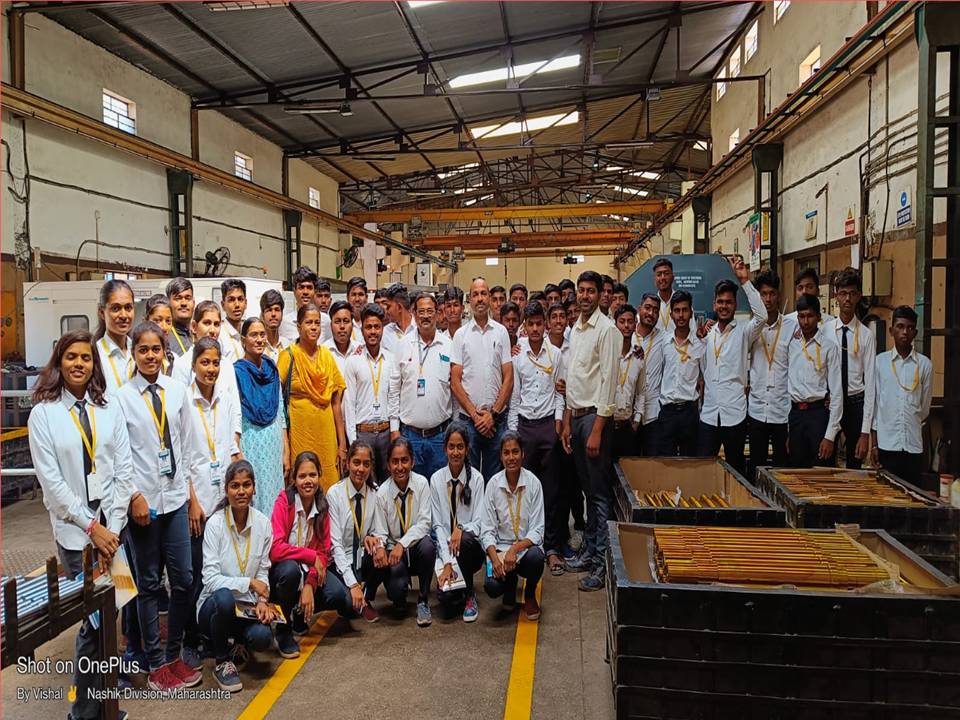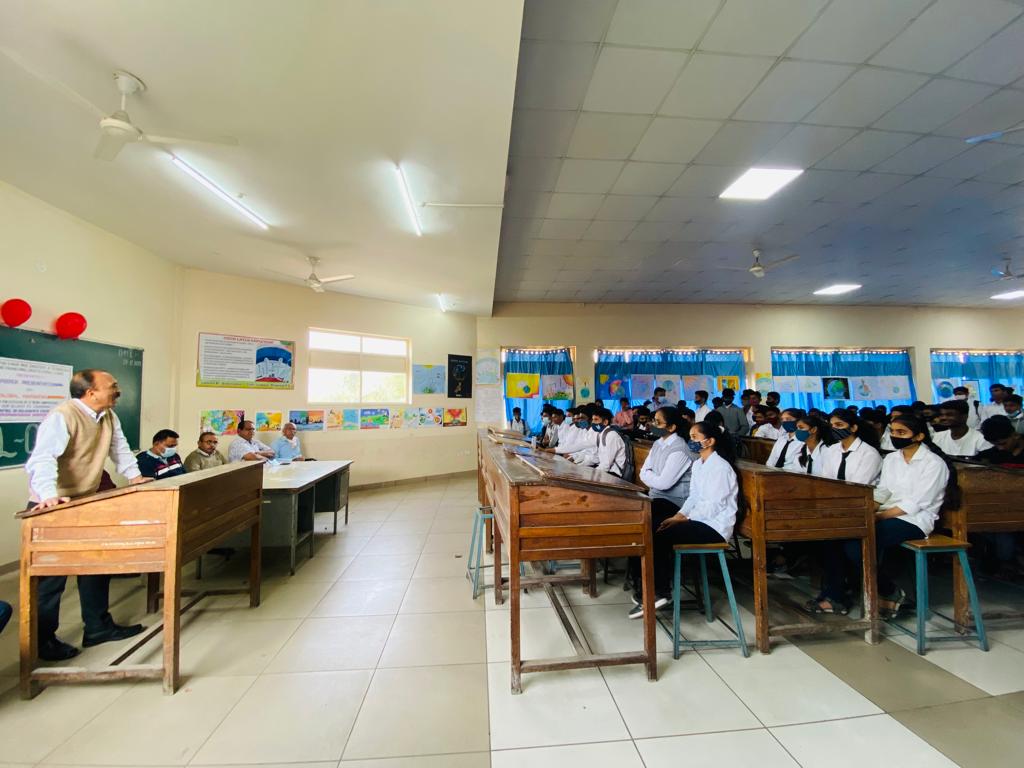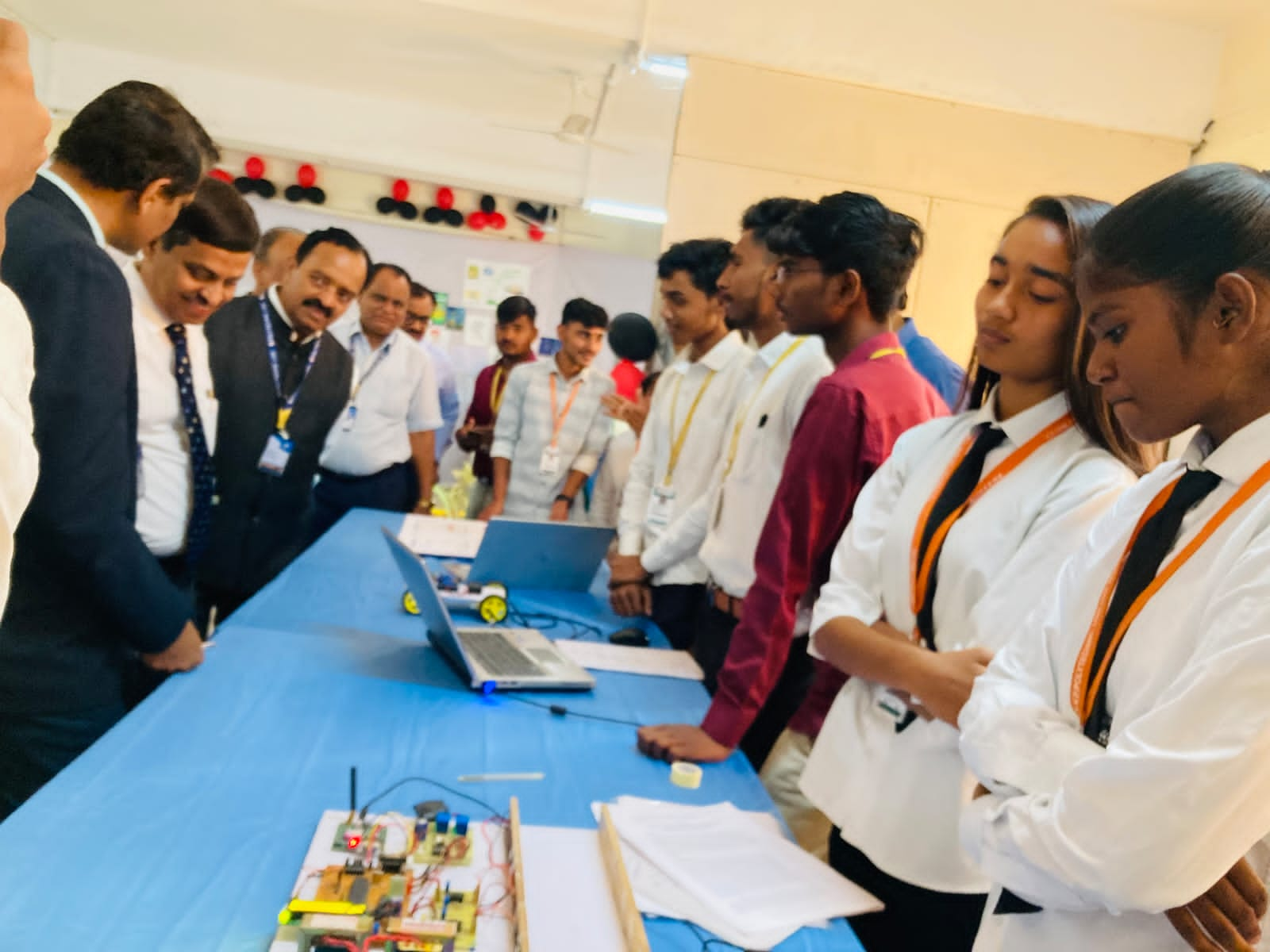About Department
Welcome to the Department of Mechatronics Engineering.!!! Mechatronics Engineering is a cutting-edge discipline that integrates mechanical, electrical, computer science, and control engineering to design and create intelligent systems and products. At our department, we offer a comprehensive curriculum that equips students with a strong foundation in both theoretical knowledge and hands-on experience, preparing them for careers in diverse industries such as robotics, automation, aerospace, manufacturing, and more.
Diploma in Mechatronics Engineering: A three-year program designed to provide fundamental knowledge in mechanics, electronics, computing, and automation, preparing students for entry-level positions at industry or further academic pursuits.
Faculty and Expertise: Our faculty members are accomplished professionals with vast expertise in various facets of Mechatronics Engineering. They are dedicated to providing quality education through a combination of theoretical instruction, hands-on projects, and industry-relevant research. Their guidance and mentorship empower students to excel in their academic pursuits and become proficient engineers.
Facilities and Laboratories: Equipped with state-of-the-art laboratories and facilities, our department offers students the opportunity to gain practical experience in real-world engineering scenarios. From robotics labs to computer-aided design facilities and workshops, students have access to tools and resources that complement their theoretical learning.
Career Opportunities: A diploma in Mechatronics Engineering opens doors to a wide array of career paths. Diploma passouts can pursue roles such as robotics engineer, automation specialist, control systems engineer, product design engineer, and more, across various industries.
We invite you to explore our department's offerings and join us in the pursuit of innovation, creativity, and excellence in Mechatronics Engineering. For more information, feel free to reach out to us or visit our departmental office.
Our Vision
To develop skilled technicians in the field of Mechatronics to meet rural, societal and Industrial needs.
Our Mission
M1: To provide technical skills in Mechatronics field through trainings.
M2: To impart knowledge in the field of Mechatronics by effective teaching learning process.
M3: To enhance career opportunities for students through industry interaction, entrepreneurship and higher education.
Faculty
| Name | Qualification | Area of specialization | Designation | Profile |
|---|---|---|---|---|
Mr. R. B. Nimbalkar |
M.E. | VLSI & Embedded System | HOD | View |
Mr. S. B.Lavhate |
M.E. | Instrumentation | Sr. Lecturer | View |
Mrs. S. N. Jadhav |
M.Sc. | Electronics | Sr. Lecturer | View |
Ms. M.R. Dhavale |
M.E. | VLSI & Embedded System | Lecturer | View |
Ms. P. R. Gavhane |
M.E. | VLSI & Embedded System | Lecturer | View |
Mrs. S. N. Sathbhai |
M.E. | VLSI & Embedded System | Lecturer | View |
Mr. R.V.Dharmadhikari |
M.E.,M.B.A. | VLSI & Embedded Sys.,Mktg. | Lecturer | View |
Mrs. A.S Pinjari |
Diploma in E&TC | Electronics and Telecommunication | Laboratory Asst. | View |
Mr. M. P. Ainor |
Diploma in Industrial Electronics | Industrial Electronics | Laboratory Asst. | View |
Facilities
The department is providing......
- Department Library
- LCD Projector for presentation.
- Well Qualified Staff.
- Expert lecture , Training & Industrial Visit Arranged.
- Well Equipped Laboratories.
Co-curricular Achievements
- Sarthak Sarode Adwait Kale
Krushna Thorat Varpe Saurabh
Kale prachi
Sameer Shaikh
Talole Dnyaneshwari
Raut Ganesh
Technical Quiz, organized by Mechanical Department, Polytechnic, Loni on 15/9/2022
First Prize
- Gadekar Madhuri
Poster Competition organized by IDD Department, Polytechnic , Loni, on 15/9/2022
Third Prize
Sports Achievements
- Krushna Thorat Varpe Saurabh
Raut Ganesh
Rangoli Competition organized by Mechatronics Dept, P.Dr V.V. Polytechnic, Loni ,on 15/9/2022
Third Prize
- Kale Prachi Kailas Gadekar Madhuri Santosh Jagtap Shubhangi DadaNalage Sejal Sandip Chattar Shraddha Appasaheb Nannor Sejal Sunil Kolhe Sayli Ashok Talole Dnyaneshwari B Vadak Akshada Ajay
Fanase Punam Sharad Laware Ashwini Satpal
Shinde Sakshi Kishor
Kho-kho organized by P.Dr V.V. Polytechnic, Loni ,from 27/2/2023 – 2/3/2023
First Prize
- Ganesh Bapusaheb Raut Akash Nale
Akash Jejurkar
Indalkar Sarthak
Krushna Thorat
Saurabh Varpe
Tejas Magar
Sahil Nale
Pratik Nale
Vrushal Ohol
Kabaddi organized by P.Dr V.V. Polytechnic, Loni , from 27/2/2023 – 2/3/2023
First Prize
| Sr. No. | Name of Company | Area of collaboration |
|---|---|---|
1 |
Revolution In Electric Vehical (REV)404,Rudraksh ,Kate wasti Punawale PCMC Pune 411033. |
1. Industrial Training Program For Student And Staff 2. Conducting Experts And workshops 3. Allotment Of Project Work to Final Year students |
2 |
Sai Chhaya Medicare Nashik. |
1. Conducting Experts And workshops |
3 |
Naturela Agro Industries Nashik Shop no 111 Gangamai Industrial Complex Mulay I Square opp to IBIS Hotel Trimbak Road Satpur MIDC Nashik (Jyoti Kulthe). |
1. Conducting Entrepreneurship Development Program for students |
|
4. |
Omcons Engineering Pune (Prashant Satpute). |
1. Conducting campus recruitment drive for final year students. |
|
5. |
Hogans India, Ahmednagar. |
1. Conducting recruitment drive for final year students. |
|
6. |
Elecdesign Technology ( Design &Control Solution Provider )130/1,Gurudwara Road ,Akurdi Pune-33, |
1. Conducting Experts Lecture for students. |
|
7. |
Technospark Centre Golden City Sangamner Tal Sangamner Dist A.nagar 422605. |
1. Training Program for students. |
|
8. |
Pandurang Krupa Enterprises ,Argade Mala Gunjal wadi Road A/P Sangamner Tal Sangamner Dist A.nagar 422605. |
1. Training Program for students. |
|
9. |
Amte Light & Sound Loni Bk Tal Rahata Dist A.nagar. |
1. Conducting Experts Lecture for students. |
|
10. |
Sai Ganesh Foods Nandurkhi |
1. Conducting Experts Lecture for students. |
|
11. |
Padmashri Dr. V. V. P. S. S. K. Ltd., Pravaranagar, Tal. Rahata, Dist. Ahmednagar. |
1. Industrial Training Program For Student And Staff 2. Conducting Experts And workshops 3. Allotment Of Project Work to Final Year students |
|
12. |
Rishi Wheel Care opp Vikhe Patil Petrol Pump Loni. |
1. Industrial Training Program For Student And Staff 2. Conducting Experts And workshops 3. Allotment Of Project Work to Final Year students |
- PEO 1: To enhance technical skills in the field of Mechatronics for technical excellence & provide service to build smart society.
- PEO 2:To Design, Develop Product & applications in the field of manufacturing, motion control, system simulation, automotive systems & robotics.
- PEO 3: To create awareness of societal &environmental implications & make them suitable for engineering career in industrial environs as well as for pursuing higher studies.
Program Outcome:
After completion of Diploma in Mechatronics, Engineers will be able to:
- PO1: Basic and Discipline specific knowledge: Apply knowledge of basic mathematics, science and engineering fundamentals and engineering specialization to solve the engineering problems.
- PO2: Problem analysis: Identify and analyze well-defined engineering problems using codified standard methods.
- PO3: Design/ development of solutions: Design solutions for well-defined technical problems and assist with the design of systems components or processes to meet specified needs.
- PO4: Engineering Tools, Experimentation and Testing: Apply modern engineering tools and appropriate technique to conduct standard tests and measurements.
- PO5: Engineering practices for society, sustainability and environment: Apply appropriate technology in context of society, sustainability, environment and ethical practices.
- PO6:Project Management: Use engineering management principles individually, as a team member or a leader to manage projects and effectively communicate about well-defined engineering activities.
- PO7: Life-long learning: Ability to analyze individual needs and engage in updating in the context of technological changes.
Program Specific Outcome:
- PSO-1:Maintain various types of Mechatronics systems using knowledge of Mechatronics.
- PSO-2: Design Mechatronics systems to solve complex engineering problem by integrating mechanical and control systems.
- PSO-3: Apply the basic computing knowledge and related software for the implementation and operation of Mechatronics system.
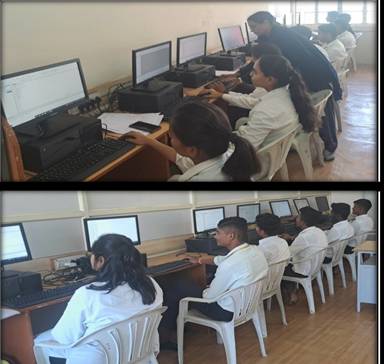
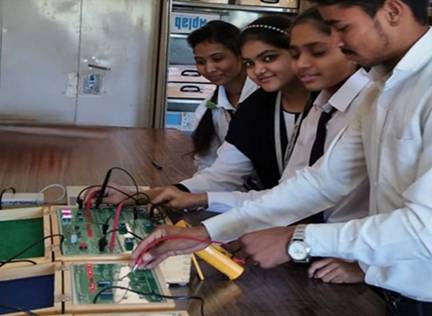
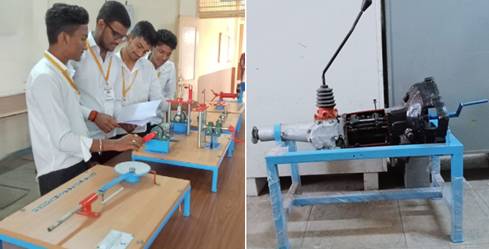
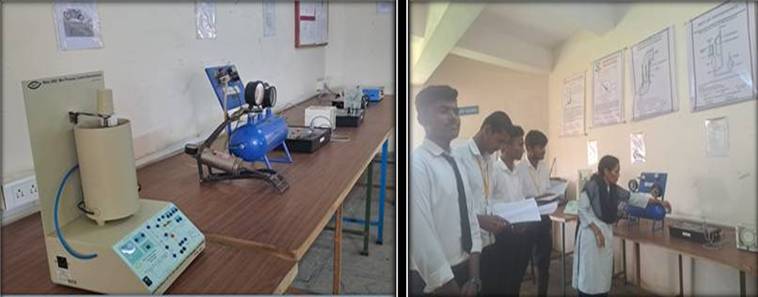
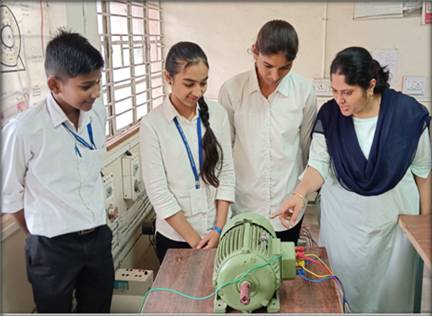
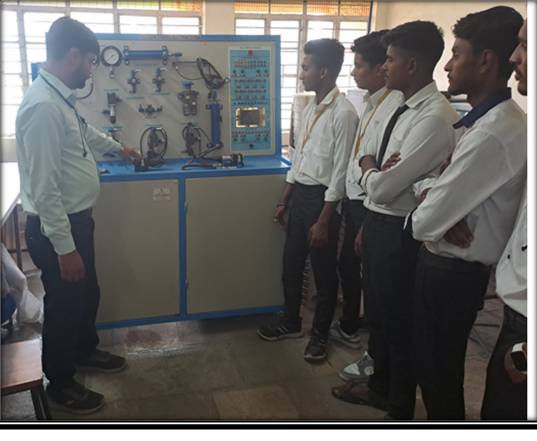
Papers Published
- Mr.R.B.Nimbalkar
“GSM based Intelligent Climate Control System for Greenhouse using FPGA."
-
Mr. S. B. Lavhate
“A Review on Significance of PID Controller for Speed Control of DC Motor."
| Sr.No. | Name of faculty | Name of journal | Title of paper |
| 1 | Mrs.S.N.Jadhav | IJTSRD | Remote Operated Shutter System with Fingerprint Lock. |
| 2 | Ms.M.R.Dhavale | IJRDET | Minimization of Leakage Power using Process , voltage & Temperature (PVT) Variations. |
| 3 | Ms.P.R.Gavhane | IJRITCC | ARM Based Security & Safety System for Base Transceiver Station. |
| 4 | Mrs.S.N.Sathbhai | IJRITCC | Low cost GPS/INS Inertial Navigation system. |
| 5 | Mr.R.V.Dharmadhikari | IJIFR | An Overview of Morphological Binary Image Processing using FPGA. |
DIGNITARY QUOTES
Recruiters
- Tata Motors
- Bajaj Auto Ltd, Chakan
- Sigma Electric manufacturing corporation Pune.
- SKF India Limited Near Chapekar Chowk Chinchwad, Pune, Maharashtra – 411033.
- Midea India Pvt. Ltd. - GMCC Division, Plot No A-4, Supa Parner Industrial Area, Ahmednagar , Maharashtra-414302.

